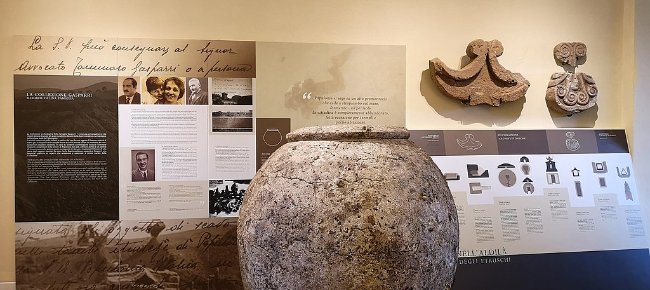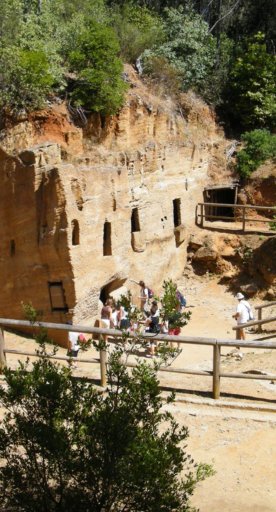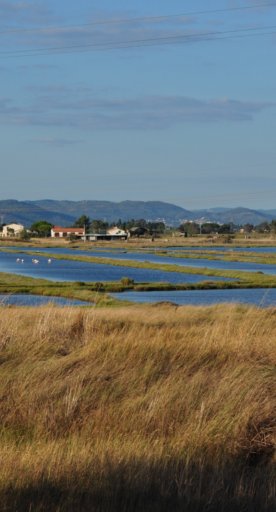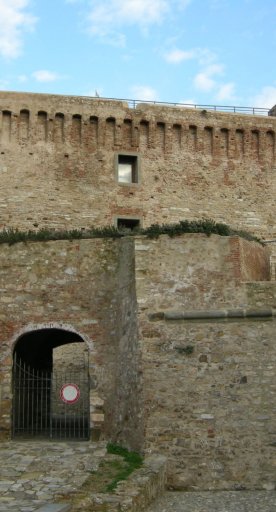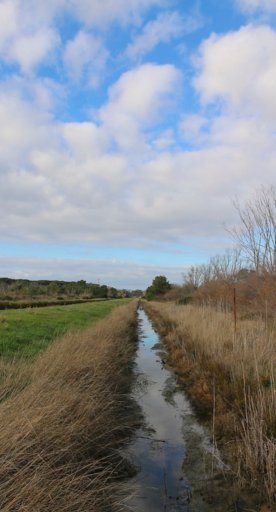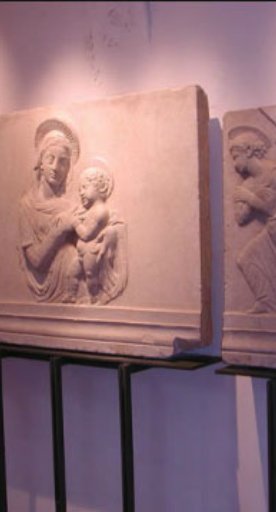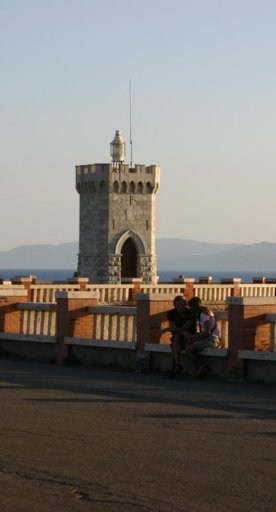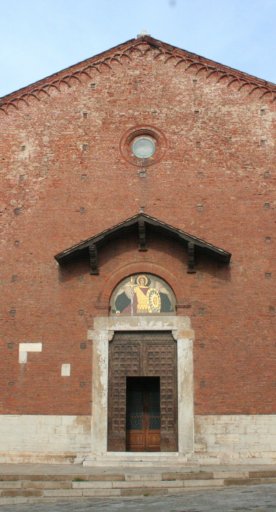
Gasparri Etruscan Museum in Populonia
Interesting artifacts illustrate the history of the Etruscan city overlooking the sea
It was 1943 when, at the behest of the Gasparri family (owner of the lands of Baratti and Populonia), the oldest museum institution in the Val di Cornia was inaugurated: it is the Etruscan Museum of Populonia, a jewel overlooking the Gulf of Baratti whose important archeological finds reconstruct the ancient history of the area.
The first core of the collection was formed in the first half of the twentieth century with the discovery of the necropolises in the Populonia area, expanding further in the 1950s and 1960s. On display are artifacts from grave goods, as well as other objects found at sea.
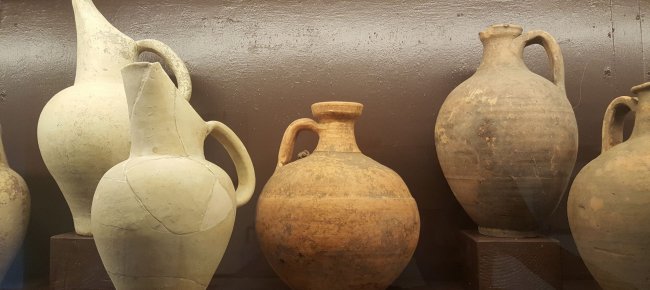
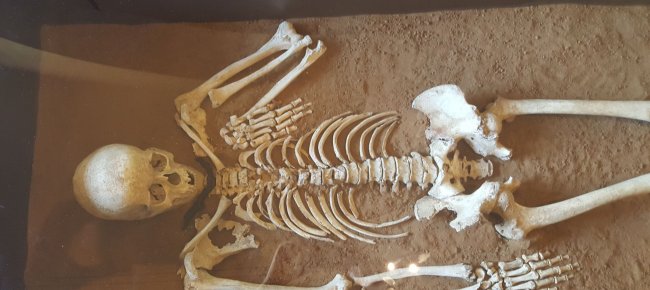
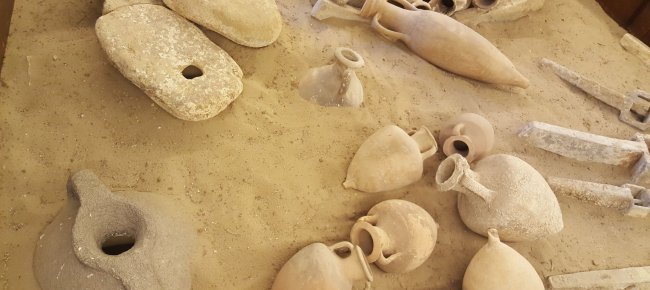

The museum's showcases house numerous remains, including pottery, personal ornaments, bronze and lead containers, ceramics, sarcophagi, and tombstones: materials belonging to the daily life of Etruscan Populonia allow visitors to trace its history. The "Hall of the Sea," thanks to the amphorae and anchors recovered in these waters, also brings out the close connection of the ancient city with the Mediterranean and the relevance of maritime trade.
At the beginning of the tour what draws the tourist’s attention is a Roman dolio (a large terracotta vase) from the first century A.D. Found on the seabed east of Piombino, it boasts as much as six meters in circumference and nearly two meters in height and was intended for food storage.
Also significant is the palmette, which has become the symbol of the museum. It is a bas-relief part of a funerary stele from the necropolis of Poggio della Porcareccia, whose interesting decorative style, of clear Greek inspiration, testifies to the influence of Hellenic art in the Etruscan world.
